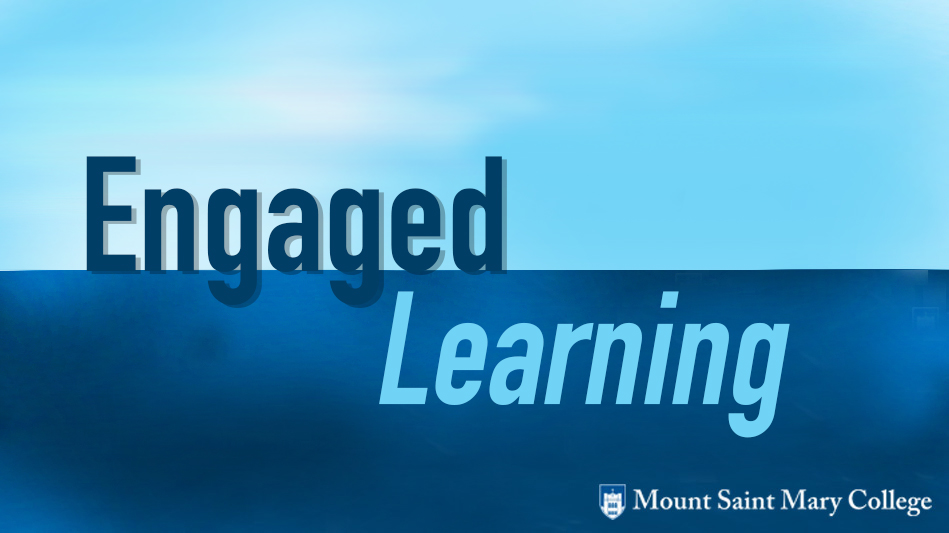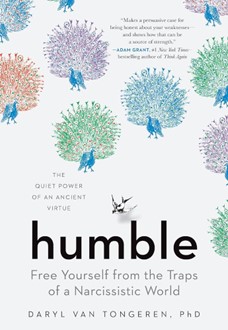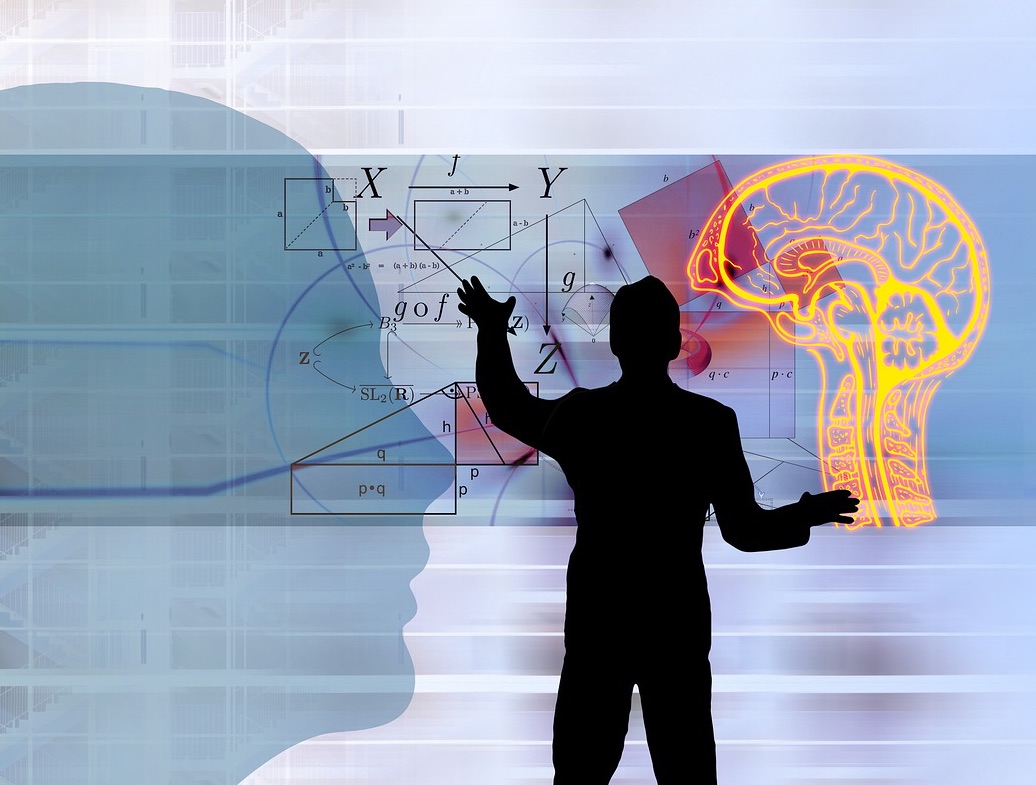by
Arthur L. Costa, Professor Emeritus, California State University, Sacramento
And
Bena Kallick, Educational Consultant, Westport, CT
————–
“I cannot always control what goes on outside.But I can always control what goes on inside.” Wayne Dyer
————–
Try to solve this problem in your head:
How much is one half of two plus two?
Did you hear yourself talking to yourself? Did you find yourself having to decide if you should take one half of the first two (which would give the answer, three) or if you should sum the two’s first (which would give the answer, two)?
If you caught yourself having an “inner” dialogue inside your brain, and if you had to stop to evaluate your own decision making/problem-solving processes, you were experiencing metacognition.
The human species is known as Homo sapiens, sapiens, which basically means “a being that knows their knowing” (or maybe it is “knows they are knowing”). What distinguishes humans from other forms of life is our capacity for metacognition—the ability to be a spectator of own thoughts while we engage in them.
Occurring in the neocortex and therefore thought by some neurologists to be uniquely human, metacognition is our ability to know what we know and what we don’t know. It is our ability to plan a strategy for producing what information is needed, to be conscious of our own steps and strategies during the act of problem solving, and to reflect on and evaluate the productiveness of our own thinking. While “inner language,” thought to be a prerequisite, begins in most children around age five, metacognition is a key attribute of formal thought flowering about age eleven.
Interestingly, not all humans achieve the level of formal operations (Chiabetta, 1976). And as Alexander Luria, the Russian psychologist found, not all adults metacogitate.
Some adults follow instructions or perform tasks without wondering why they are doing what they are doing. They seldom question themselves about their own learning strategies or evaluate the efficiency of their own performance. They virtually have no idea of what they should do when they confront a problem and are often unable to explain their strategies of decision making, There is much evidence, however, to demonstrate that those who perform well on complex cognitive tasks, who are flexible and persevere in problem solving, who consciously apply their intellectual skills, are those who possess well-developed metacognitive abilities. They are those who “manage” their intellectual resources well: 1) their basic perceptual-motor skills; 2) their language, beliefs, knowledge of content, and memory processes; and 3) their purposeful and voluntary strategies intended to achieve a desired outcome; 4) self-knowledge about one’s own leaning styles and how to allocate resources accordingly.
When confronted with a problem to solve, we develop a plan of action, we maintain that plan in mind over a period of time, and then we reflect on and evaluate the plan upon its completion. Planning a strategy before embarking on a course of action helps us keep track of the steps in the sequence of planned behavior at the conscious awareness level for the duration of the activity. It facilitates making temporal and comparative judgments; assessing the readiness for more or different activities; and monitoring our interpretations, perceptions, decisions, and behaviors. Rigney (1980) identified the following self-monitoring skills as necessary for successful performance on intellectual tasks:
- Keeping one’s place in a long sequence of operations;
- Knowing that a subgoal has been obtained; and
- Detecting errors and recovering from those errors either by making a quick fix or by retreating to the last known correct operation.
Such monitoring involves both “looking ahead” and “looking back.” Looking ahead includes:
- Learning the structure of a sequence of operations;
- Identifying areas where errors are likely;
- Choosing a strategy that will reduce the possibility of error and will provide easy recovery; and
- Identifying the kinds of feedback that will be available at various points, and evaluating the usefulness of that feedback.
Looking back includes:
- Detecting errors previously made;
- Keeping a history of what has been done to the present and thereby what should come next; and
- Assessing the reasonableness of the present immediate outcome of task performance.
A simple example of this might be drawn from reading. While reading a passage have you ever had your mind “wander” from the pages? You “see” the words but no meaning is being produced. Suddenly you realize that you are not concentrating and that you’ve lost contact with the meaning of the text. You “recover” by returning to the passage to find your place, matching it with the last thought you can remember, and, once having found it, reading on with connectedness.
Effective thinkers plan for, reflect on, and evaluate the quality of their own thinking skills and strategies. Metacognition means becoming increasingly aware of one’s actions and the effects of those actions on others and on the environment; forming internal questions in the search for information and meaning; developing mental maps or plans of action; mentally rehearsing before a performance; monitoring plans as they are employed (being conscious of the need for midcourse correction if the plan is not meeting expectations); reflecting on the completed plan for self- evaluation; and editing mental pictures for improved performance.
This inner awareness and the strategy of recovery are components of metacognition. Indicators that we are becoming more aware of our own thinking include:
- Are you able to describe what goes on in your head when you are thinking?
- When asked, can you list the steps and tell where you are in the sequence of a problem-solving strategy?
- Can you trace the pathways and dead ends you took on the road to a problem solution?
- Can you describe what data are lacking and your plans for producing those data?
When students are metacognitive, we should see them persevering more when the solution to a problem is not immediately apparent. This means that they have systematic methods of analyzing a problem, knowing ways to begin, knowing what steps must be performed and when they are accurate or are in error. We should see students taking more pride in their efforts, becoming self-correcting, striving for craftsmanship and accuracy in their products, and becoming more autonomous in their problem-solving abilities.
Metacognition is an attribute of the “educated intellect.” Learning to think about their thinking can be a powerful tool in shaping, improving, internalizing and habituating their thinking.
REFERENCES
Chiabetta, E. L. A. (1976). Review of piagetian studies relevant to science instruction at the secondary and college level. Science Education, 60, 253-261.
Costa, A. and Kallick B.(2008). Learning and Leading with Habits of Mind: 16 Characteristics for Success. Alexandria, VA: ASCD
Rigney, J. W. (1980). Cognitive learning strategies and qualities in information processing. In R. Snow, P. Federico & W. Montague (Eds.), Aptitudes, Learning, and Instruction, Volume 1. Hillsdale, NJ: Erlbaum.




